The Regulatory Environment Impact Analysis Sterile Packaging Market is characterized by a dynamic competitive landscape, driven by increasing regulatory scrutiny and the demand for high-quality packaging solutions. Key players such as Amcor (AU), Sealed Air (US), and Becton Dickinson and Company (US) are at the forefront, each adopting distinct strategies to enhance their market positioning. Amcor (AU) emphasizes innovation in sustainable packaging, aligning with global trends towards eco-friendly solutions. Sealed Air (US) focuses on digital transformation, leveraging technology to optimize supply chains and improve customer engagement. Becton Dickinson and Company (US) is heavily invested in expanding its product portfolio through strategic acquisitions, thereby enhancing its capabilities in sterile packaging solutions. Collectively, these strategies contribute to a competitive environment that is increasingly focused on sustainability, efficiency, and technological advancement.
In terms of business tactics, companies are localizing manufacturing to reduce lead times and enhance responsiveness to market demands. Supply chain optimization remains a critical focus, particularly in light of evolving regulatory requirements. The market structure appears moderately fragmented, with several key players exerting influence while also facing competition from smaller, specialized firms. This fragmentation allows for innovation and niche offerings, although larger companies often dominate through economies of scale and established distribution networks.
In August 2025, Amcor (AU) announced a partnership with a leading biotechnology firm to develop a new line of biodegradable sterile packaging. This strategic move not only reinforces Amcor's commitment to sustainability but also positions the company to meet the growing demand for environmentally friendly packaging solutions in the healthcare sector. The collaboration is expected to enhance Amcor's product offerings and strengthen its competitive edge in a market increasingly driven by regulatory pressures for sustainable practices.
In September 2025, Sealed Air (US) launched a new digital platform aimed at enhancing customer interaction and streamlining order processes. This initiative reflects a broader trend towards digitalization within the sterile packaging market, as companies seek to leverage technology to improve operational efficiency and customer satisfaction. By investing in digital tools, Sealed Air (US) is likely to enhance its market presence and adapt more swiftly to changing customer needs and regulatory requirements.
In July 2025, Becton Dickinson and Company (US) completed the acquisition of a smaller packaging firm specializing in advanced sterile packaging technologies. This acquisition is strategically significant as it expands Becton Dickinson's capabilities in high-demand areas, such as pre-filled syringes and drug delivery systems. The integration of this new technology is expected to bolster Becton Dickinson's competitive position, allowing it to offer more comprehensive solutions in the sterile packaging market.
As of October 2025, current competitive trends indicate a strong emphasis on digitalization, sustainability, and the integration of artificial intelligence within the sterile packaging sector. Strategic alliances are increasingly shaping the landscape, enabling companies to pool resources and expertise to address complex regulatory challenges. Looking ahead, competitive differentiation is likely to evolve from traditional price-based competition towards a focus on innovation, technological advancements, and supply chain reliability. This shift underscores the importance of adaptability and forward-thinking strategies in navigating the regulatory environment.


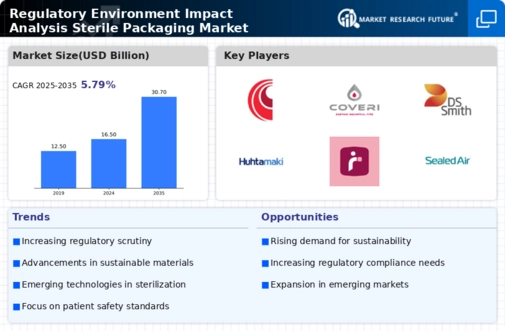


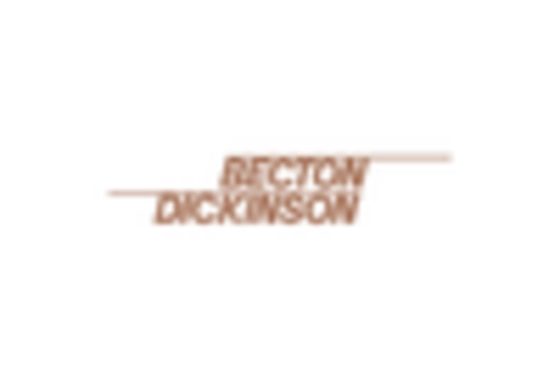
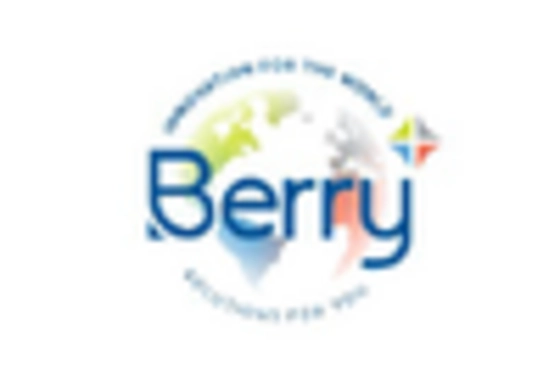
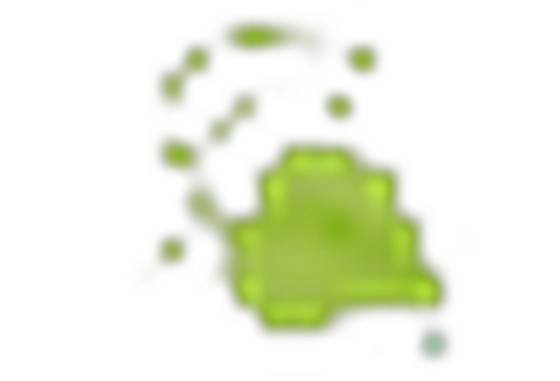
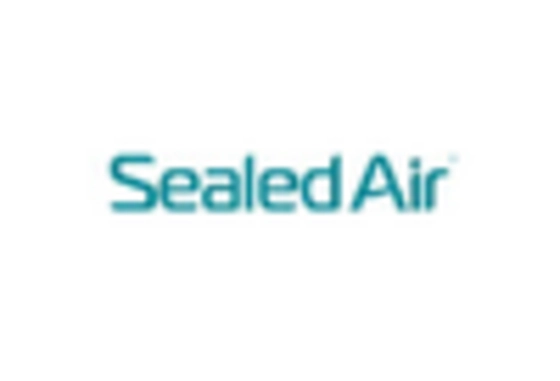









Leave a Comment